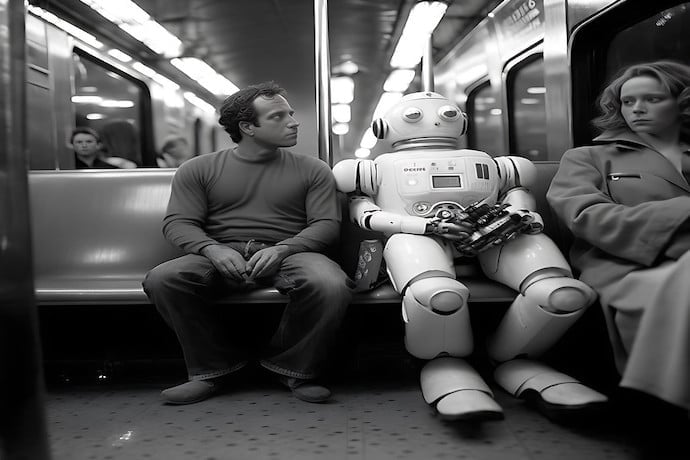Are you a robot? Of course not. But you do use the internet, so you have likely been asked to prove that you are not a robot by completing a simple puzzle. This challenge-response test is known as a CAPTCHA or Completely Automated Public Turing test to tell Computers and Humans Apart.
Catchy right?
The history of CAPTCHA can be traced back to the early 2000s when the internet was first really taking off. Back then, bots, while still fairly simple, had already started getting into trouble by creating email accounts or spamming comment sections on websites.
To stop this activity, researchers at Carnegie Mellon University developed the first CAPTCHA challenge-response test.
Captching up with the Bots
CAPTCHAs are meant to take advantage of the fact that humans are a lot better than computers at recognizing distorted text. So these tests typically involved showing the user (or bot) a distorted image of letters and numbers and asking them to type them accurately into an answer box. For a while, this worked. But eventually, the bots became more advanced, and so the CAPTCHAs needed an upgrade, as well, in order to keep being effective at protecting websites from spammers.
One of the most interesting advancements for CAPTCHA, in my opinion, was the creation of reCAPTCHA. Similar to CAPTCHA, the key difference is that reCAPTCHA would show the user (or bot) an image of two words: one that the software knew was correct and the other that was typically taken from a poorly scanned copy of the New York Times that the software could not read.
The really cool part is, that through the crowdsourcing of answers, reCPATCHA was able to accurately digitize 20 years of the old New York Times issues in just a few months. It did this by presenting the same poorly scanned word to a dozen users and taking the most common answer for the poorly scanned word as being the correct one. This same technology was later used by Google when it bought reCAPTCHA to digitize thousands of books.
To Err is Not Always Human
Despite these improvements, CAPTCHA and reCAPTCHA are not perfect and could sometimes be really hard for humans to solve. This is because they were not designed with accessibility in mind, meaning, for example, that people with bad eyesight had an extra hard time with some of the puzzles’ visuals. This eventually led to the inclusion of audio CAPTCHA tests as alternatives for proving a person’s humanity.
CAPTCHAs have since become more and more advanced in order to properly combat ever more advanced bots. The most recent version released by Google uses a very secret machine learning algorithm that combines user behavior and cookies (something we have talked about before) to create a risk score for a user being a bot in disguise.
But these systems will still make mistakes. So, the next time you confirm that you are not a robot and still get asked to complete a puzzle to prove it, there is no need to check yourself for circuits and wires.
Learn More
History of CAPTCHA
https://www.mentalfloss.com/article/81927/surprisingly-devious-history-captcha
CAPTCHA and Duolingo
https://www.npr.org/2020/05/22/860884062/recaptcha-and-duolingo-luis-von-ahn
How CAPTCHA was made into a Bussiness
CAPTCHA facts for Kids
https://kids.kiddle.co/CAPTCHA

